Have you ever been snuggling with your cat, delighting in their purring, only for them to suddenly bite or bolt away? It can feel like you’ve broken some secret feline rule. The truth is, overstimulating your cat is easier than you might think. As cat lovers, we want to shower our furry friends with love, but sometimes our affection is simply too much for them. Understanding the subtle (and sometimes not-so-subtle) signs that your cat is overstimulated is the secret to a happier, more peaceful life together. Let’s dive deep into the world of feline overstimulation and uncover what your cat is really trying to tell you.
Recognizing Tail Twitching

A cat’s tail is like a mood ring, giving you clues about how they’re feeling. When a cat’s tail starts flicking or lashing rapidly while you pet them, it’s not a playful gesture. Instead, it’s a clear sign that your cat is reaching their limit. Some cats will even swish their tails low to the ground when they’re annoyed. This isn’t just random movement—it’s their way of saying, “Back off, I need a break.” Learning to spot this early warning sign can save you from a scratched hand or a huffy cat. If you see that tail going, pause the pets and see if your cat relaxes.
Sudden Skin Rippling

Have you ever noticed your cat’s skin ripple or twitch under your hand as you stroke them? It’s almost like their fur is dancing on its own. This reaction is called “cutaneous reflex,” and it’s a classic indicator of overstimulation. When your cat’s skin ripples, it means the nerves in their skin are firing up, signaling discomfort or irritation. If you keep petting past this point, your cat might escalate to biting or running away. Paying attention to these subtle movements can help you gauge when it’s time to stop petting.
Flattened Ears
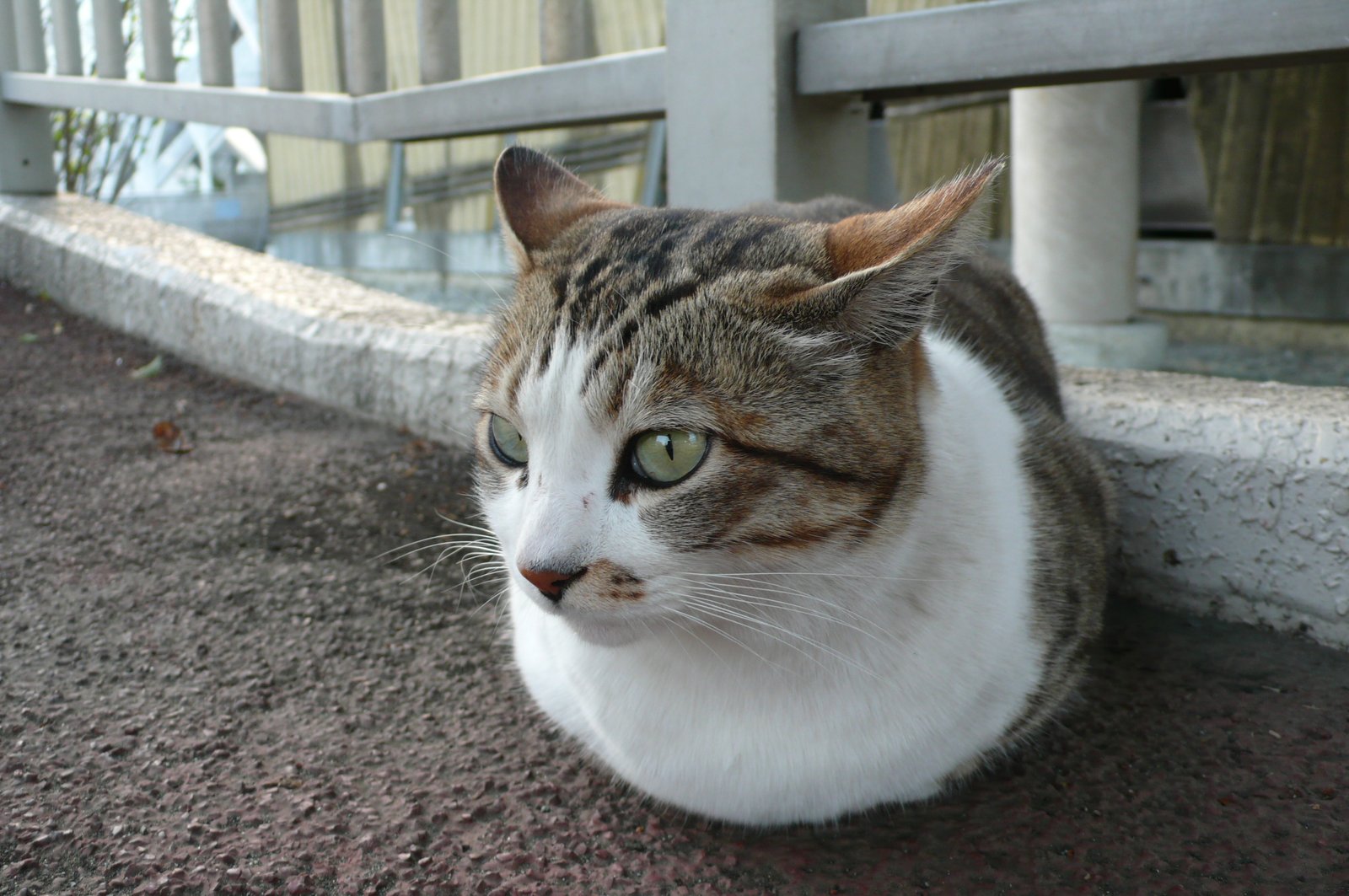
When your cat’s ears go from upright and perky to flat against their head, it’s time to pay attention. Flattened ears are a universal sign of a cat feeling threatened, annoyed, or overstimulated. They’re essentially telling you, “I’m not comfortable right now.” Some cats will swivel their ears backward before flattening them completely, so it’s worth watching for any changes in ear position while you interact. Respecting your cat’s boundaries when you see this sign can help build trust over time.
Growling or Hissing
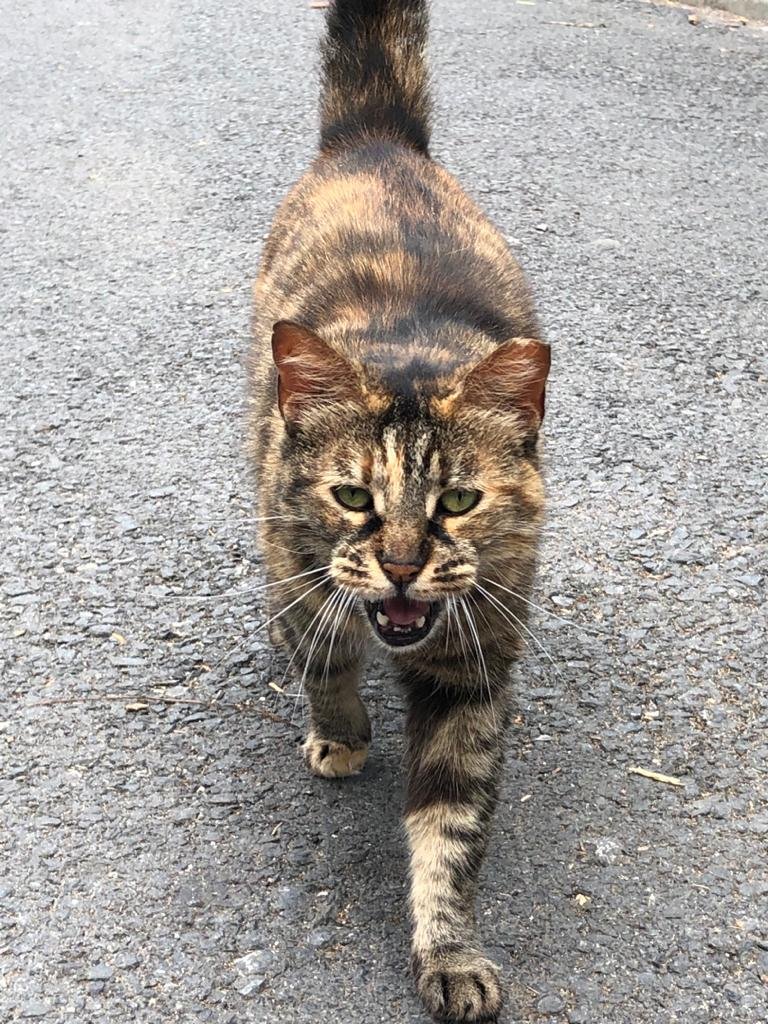
Growling or hissing are unmistakable signs that your cat has had enough. Unlike some of the more subtle signals, vocalizations like these are the equivalent of your cat shouting, “Stop!” Some cats may even give a quick, low growl before escalating to a full-on hiss. This is your cat’s way of expressing their discomfort or irritation, and ignoring it can lead to a negative association with being petted. If you hear a growl or hiss, it’s best to stop what you’re doing and give your cat space.
Swatting or Biting
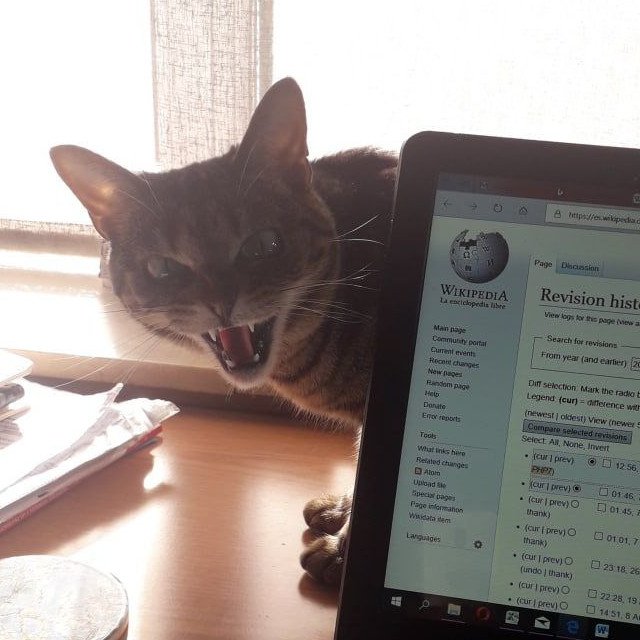
Some cats will swat with their paws or give you a quick nip to let you know you’ve crossed a line. This can come as a surprise, especially if your cat seemed happy a moment ago. Swatting and biting are defensive behaviors that happen when a cat feels overwhelmed or threatened. It’s their last resort after their more subtle cues have been ignored. If your cat resorts to this, try not to take it personally. Instead, use it as a learning opportunity to recognize their earlier signals next time.
Sudden Escape Attempts
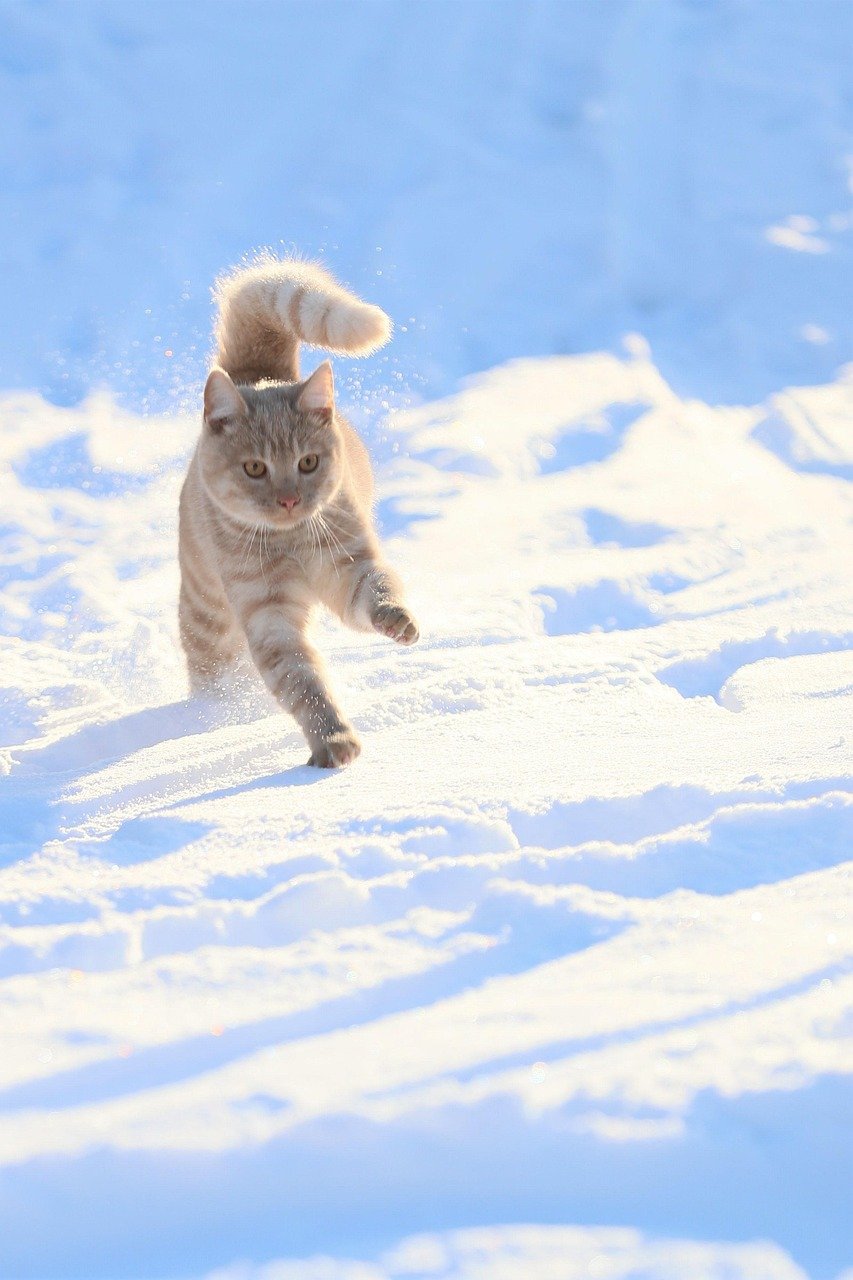
If your cat suddenly jumps up and runs away during a petting session, it’s a clear sign of overstimulation. Cats are masters of self-preservation, and when they’ve had enough, they’ll make a quick exit. You might notice this especially in cats who are generally tolerant of handling but have a clear threshold. If your cat consistently leaves after a certain amount of petting, take note of how long they enjoy attention and try to end the session on a positive note before they feel the need to escape.
Excessive Grooming After Petting
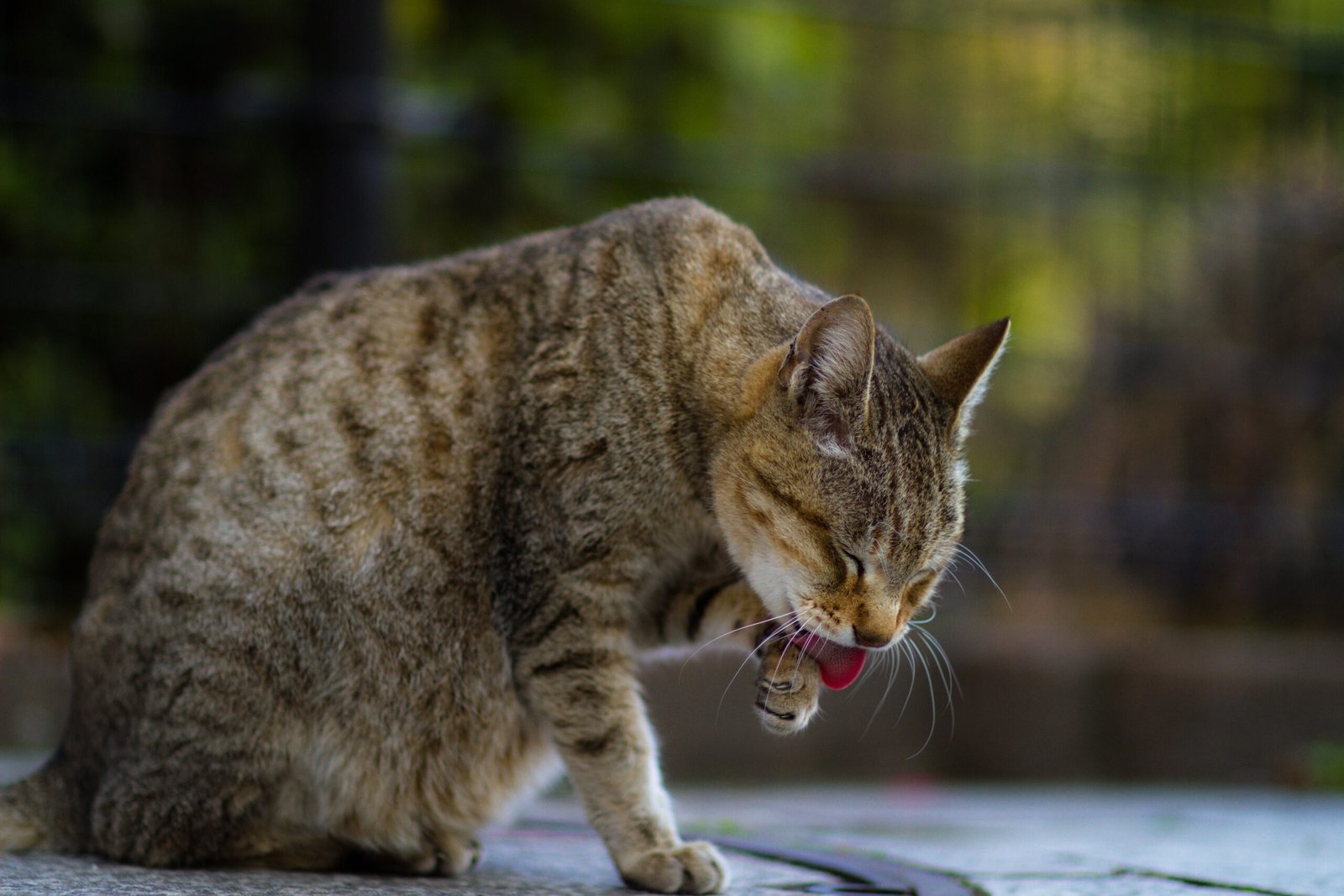
Some cats immediately start grooming themselves after being petted, almost as if they’re trying to “clean off” your touch. This behavior is called displacement grooming and is a sign that your cat may have felt stressed or overstimulated during the interaction. While occasional grooming is normal, if you notice your cat doing this every time after being touched, it could mean you’re overstepping their boundaries. Giving your cat a little more space can help reduce this anxious habit.
Restlessness and Pacing

A relaxed cat will lounge or curl up contentedly, but an overstimulated cat may become restless. You might see your cat pacing, tapping their feet, or shifting their weight from side to side. This agitation is a sign that your cat is no longer enjoying the interaction. Restlessness often happens just before more obvious signs, so it’s worth watching for. If you notice your cat can’t settle during petting, it’s time to give them a break.
Sudden Vocalization Changes

Cats have a wide range of vocalizations, from gentle purrs to sharp meows. If your cat goes from purring to making sharp, short meows or yowls during petting, it’s a sign of discomfort. Some cats might even chirp or trill when they want you to stop. These sudden changes in vocal tone or volume are your cat’s way of communicating their feelings. Respecting these vocal cues can help you avoid crossing their boundaries.
Tense Body Language

When a cat is relaxed, their body will be loose and soft. But if you notice your cat stiffening up, tensing their muscles, or pulling away slightly, it’s a sign of overstimulation. You might see their fur stand up, their paws clench, or their whole body seem rigid. It’s like your cat is bracing themselves for something unpleasant. This is a sign to stop petting and let your cat calm down.
Overly Dilated Pupils

A cat’s eyes are incredibly expressive. When your cat’s pupils become very large and round during a petting session, it could be a sign they’re getting overstimulated. While dilated pupils can also indicate excitement or playfulness, in the context of petting, it usually means your cat’s arousal level is getting too high. Watch their eyes closely as you interact—if you notice their pupils expanding, it might be time to pause and let them relax.
Rapid Breathing or Panting

Cats don’t usually pant like dogs. If your cat starts breathing rapidly or even panting during petting, it’s a sign of stress or overstimulation. This can happen especially in hot weather or after vigorous play, but during calm petting sessions, it’s a red flag. Rapid breathing means your cat’s stress levels are rising, and they need a break. Always let your cat calm down if you notice this sign.
Low Growls or Grumbling

Some cats express their displeasure with a low, rumbling growl or grumble. It’s not as intense as a hiss, but it’s still a vocal warning that your cat isn’t happy. This sound is usually accompanied by other signs like tail flicking or tense body language. If you hear this grumble while petting, it’s best to stop immediately and give your cat space to recover.
Shying Away From Touch

If your cat starts to shy away from your hand, flinching or ducking when you reach out, it’s a sign they’re feeling overwhelmed. Some cats will even leave the room to avoid further interaction. This avoidance is their way of protecting themselves from more stimulation. Respecting your cat’s desire for space will help them feel safer and more comfortable in your presence.
Hiding After Interaction

Cats who feel overstimulated may seek out a hiding spot after a stressful encounter. They might crawl under the bed, behind the couch, or into a closet to escape further interaction. This behavior is a coping mechanism, allowing your cat to reset and feel secure. If you notice your cat hiding after petting, try to give them time alone and avoid coaxing them out before they’re ready.
Increased Aggression Toward Other Pets

Overstimulation doesn’t just affect your relationship with your cat—it can impact their interactions with other pets, too. A cat who feels overwhelmed may lash out at other animals in the household, swatting or hissing at them. This redirected aggression is a sign that your cat’s stress levels are too high. Ensuring your cat has plenty of personal space can help reduce these outbursts.
Loss of Interest in Play
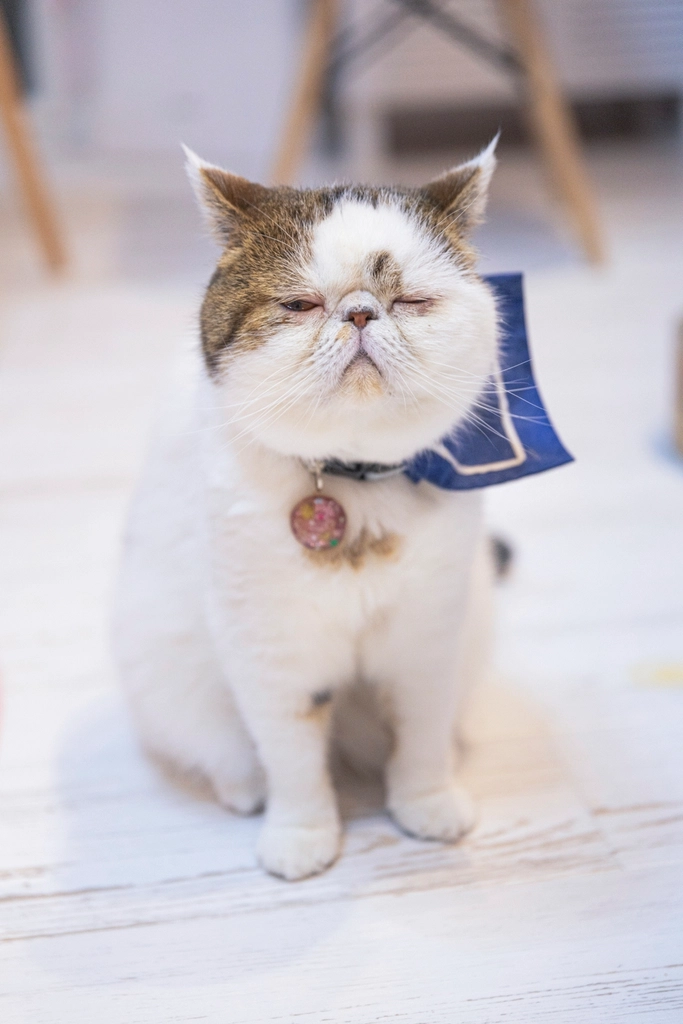
A normally playful cat who suddenly loses interest in toys or playtime may be feeling overstimulated or stressed. Overstimulation can make cats irritable or withdrawn, causing them to avoid activities they usually enjoy. If you notice a sudden change in your cat’s play behavior, consider whether your interactions might be too intense or frequent. Giving your cat time to decompress can help restore their playful spirit.
Reluctance to Be Picked Up

Some cats tolerate being picked up, while others dislike it. If your cat suddenly resists being held, squirms more than usual, or tries to escape your arms, it could be a sign of overstimulation. Forcing a cat to be held when they’re uncomfortable can damage trust and increase stress. Letting your cat come to you on their own terms is always the best approach.
Changes in Appetite or Litter Box Habits

Stress from overstimulation can even affect your cat’s eating and bathroom habits. Some cats may eat less, while others might avoid the litter box. These changes are signs that your cat’s emotional well-being is being impacted by their environment. If you notice any sudden shifts in appetite or litter box use, take a step back and consider how much stimulation your cat is experiencing.
Observing Your Cat’s Unique Thresholds

Every cat is different—what feels good to one might be overwhelming to another. Some cats love hours of cuddling, while others prefer short, gentle pets. Paying close attention to your cat’s unique preferences and limits is key. You might notice patterns, like your cat enjoying petting only on certain parts of their body or for a specific amount of time. Respecting these boundaries will keep your cat happy and strengthen your bond.
Adjusting Your Approach

If you recognize any of these signs in your cat, don’t worry—it’s never too late to adjust your approach. Try shorter, more gentle interactions and let your cat initiate contact. Use treats or toys to create positive associations with being touched, and always watch for the signals that your cat has had enough. Over time, your cat will learn to trust you even more, and you’ll enjoy a happier, healthier relationship together.
Hi, I’m Bola, a passionate writer and creative strategist with a knack for crafting compelling content that educates, inspires, and connects. Over the years, I’ve honed my skills across various writing fields, including content creation, copywriting, online course development, and video scriptwriting.
When I’m not at my desk, you’ll find me exploring new ideas, reading books, or brainstorming creative ways to solve challenges. I believe that words have the power to transform, and I’m here to help you leverage that power for success.
Thanks for stopping by, Keep coming to this website to checkout new articles form me. You’d always love it!






